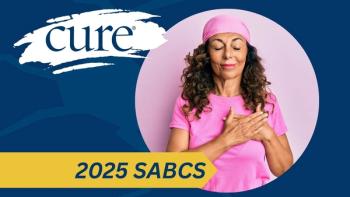We're running a mini-feature in an upcoming issue on hair loss--much more of an emotional side effect of treatment than a physical one. It's a side effect that many medical professionals put at the bottom of the list. There is little research to prevent it, no therapies to manage it that I know of, and no behavior therapy to will your hair follicles to stay in your scalp. But it's the one we get the most letters about, the most essays. It seems that it affects people to the core. It's almost like an amputation of a limb, even if it will eventually grow back. It's a physical, outward sign that tells the world, "I have cancer."For many women, especially, their hair signifies who they are."I'm a blonde." "I'm a redhead."For me, my hair is one of my most notable features. I have incredibly thick, dark hair. And almost by accident, it's become incredibly long. Long enough to donate.There are pros and cons to donating real hair. The wigs made from real hair are expensive and the upkeep is harder than synthetic wigs because you have to wash it and work it in the same way as real hair. But Pantene Beautiful Lengths takes real hair to create free wigs, which are then distributed by the American Cancer Society to women who lose their hair during cancer.And if someone could use my hair, then I'll gladly give it up. They'd probably take better care of it than I have.So, in the next couple of weeks, I'll be looking for a stylist in Dallas to cut at least eight inches of my hair to send to El Paso, Texas--the beginning of my hair's journey into becoming a wig for someone else. For kicks, I'm bringing our staff photographer to document the "donation" and take some before and after photographs. If you are familiar with this campaign, from the donating or receiving end, let us know your story.
